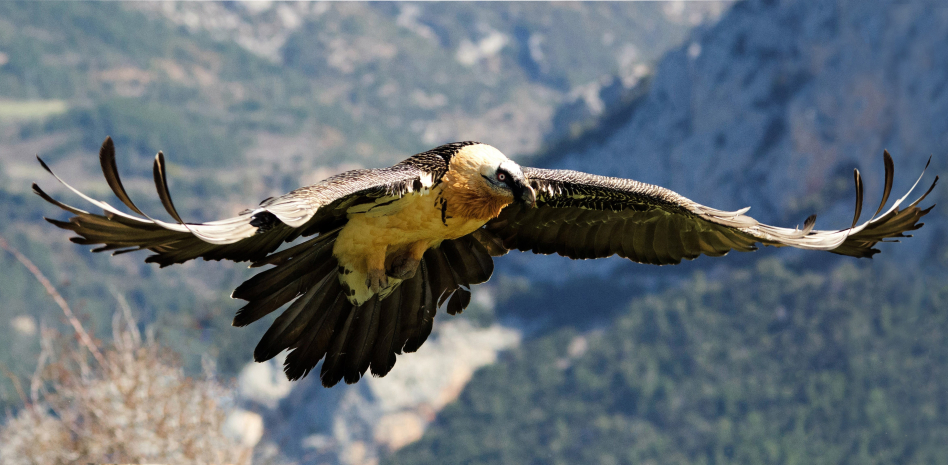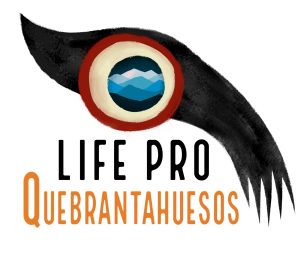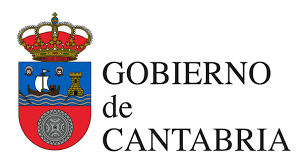Twenty new lammergeier chicks take flight in the Pyrenees

A total of 21 Bearded Vulture chicks have fledged in the Pre-Pyrenees and Aragonese Pyrenees during the 2022-2023 season. These data show the stability of the population of this species in the region, given that the productivity index – the number of chicks that fly in relation to the number of breeding units analyzed – stands at 0.29, a figure similar to that of previous seasons, according to the Government of Aragon.
Thus, during this season, 28 chicks hatched naturally, of which seven died and 21 fledged. To these must be added the six chicks that could be taken forward in the Bearded Vulture Breeding Center and that have been destined for the reintroduction programs of the species developed by the Foundation for the Conservation of the Bearded Vulture (FCQ) with the collaboration of the Government of Aragon.
The population of these birds, which has doubled its numbers in the last two decades, is distributed throughout the Aragonese Pyrenees and Pre-Pyrenees (Huesca and Zaragoza) and the Iberian System (Moncayo) and is made up of 91 Breeding Units, of which a third are composed of polygamous trios.
However, emerging diseases such as avian malaria and avian influenza in recent years have caused losses and mortality of chickens in the Pyrenean population and constitute one of the current sources of concern about the future evolution of the species in Aragon.
The annual inventory and monitoring of the reproduction of the bearded vulture is a key task to know the evolution of the population and the conservation status of the species in Aragon.
Thus, it allows to know, among other things, the population size and other demographic parameters, such as productivity or reproductive success, indicators of the health of the population of this endangered species in the region.
The monitoring of the bearded vulture population is carried out both by Nature Protection Agents (APN) of the Government of Aragon, and by specialists of the FCQ.
It consists of a series of consecutive controls in the breeding areas that allow obtaining the best possible information on the species, and which are carried out coinciding with the periods crucial in its life cycle: oestrus and nest construction -October-November-; egg laying and incubation -December-March-; and the development of the chick until it makes its first flights -April-July-.
Continuous monitoring also allows the identification of possible disturbance factors in the nesting areas, among others: recreational and sporting activities, forestry works or infrastructure maintenance.
The information obtained from the monitoring allows the adaptation of the dates and ways in which these activities are carried out, in order to guarantee their compatibility with the continuity of reproduction, as established in the Bearded Vulture Recovery Plan in Aragon.
The intense joint monitoring work between the Government of Aragon and the FCQ has also resulted in 2023 in the removal of 6 clutches from at-risk nests, which were destined for captive breeding and which have made possible the release of seven new chicks in three areas of reintroduction of the species -3 in the National Park of Picos de Europa and 3 in the Sierra de Gredos- within the framework of the LIFE Pro-Iberian Bearded Vulture Corridors project.






